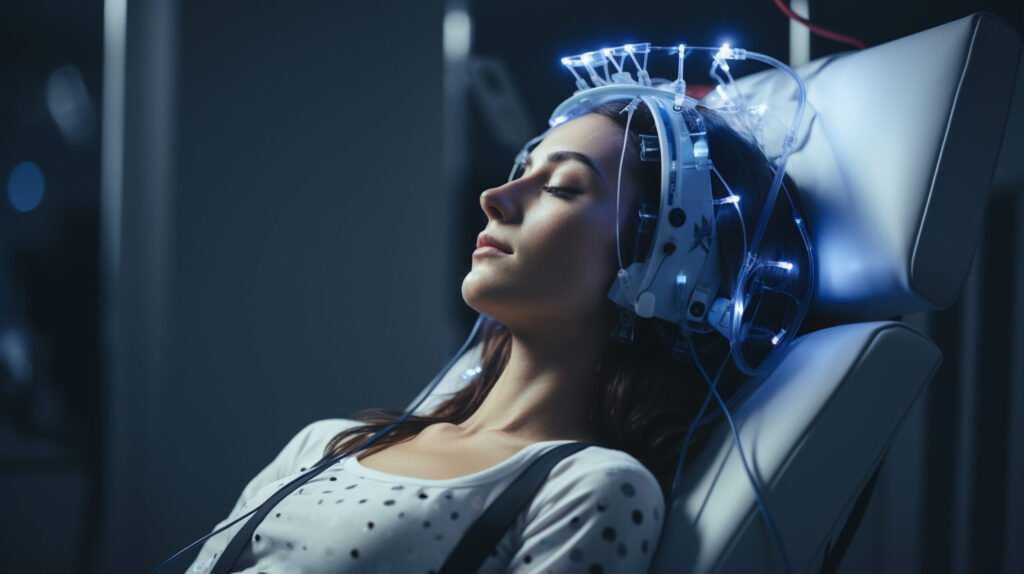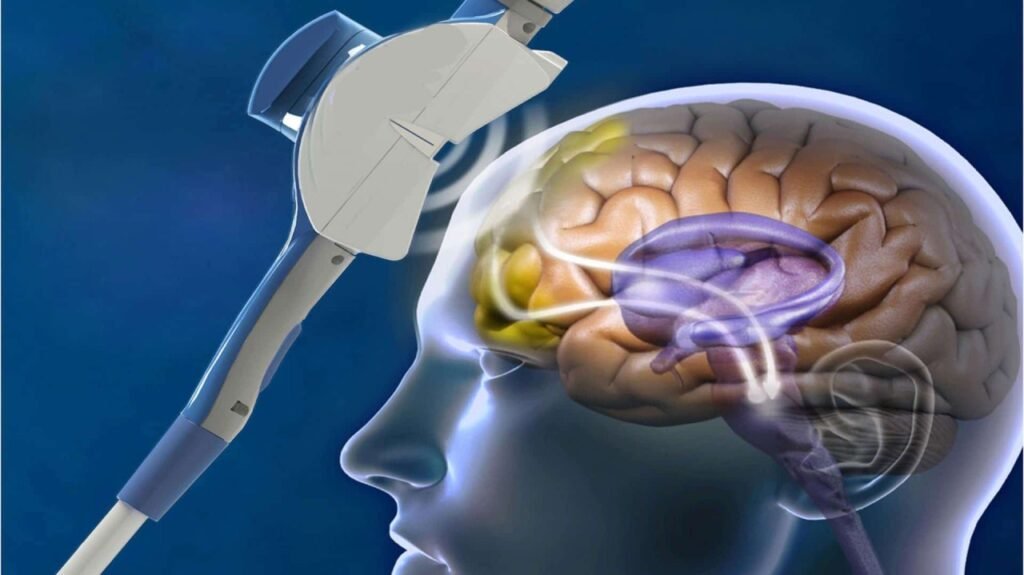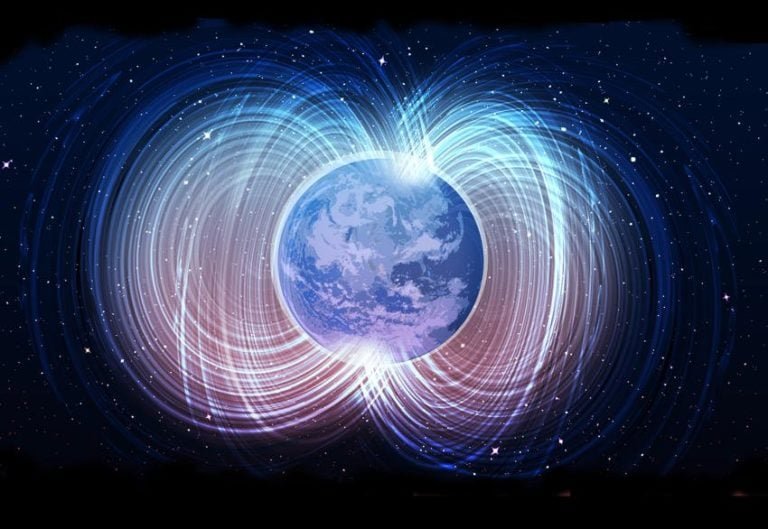
In recent years, mental health treatments have evolved to offer more targeted, innovative solutions for conditions like depression. One of the most promising advancements in this field is Transcranial Magnetic Stimulation (TMS) therapy. At Concierge TMS, based in Massachusetts, we are dedicated to providing cutting-edge treatments to help individuals suffering from depression and other mental health conditions. If you or someone you know is exploring TMS therapy as an alternative treatment option, it’s important to understand what TMS is, how it works, and its potential benefits.
For more information on how TMS could change the course of depression treatment, visit Concierge TMS for frequently asked questions and insights.
What is Transcranial Magnetic Stimulation (TMS)?
Transcranial Magnetic Stimulation (TMS) is a non-invasive procedure that uses magnetic fields to stimulate specific areas of the brain. It is most commonly used for patients with treatment-resistant depression, which refers to cases where traditional medications and therapies have not been effective. The idea behind TMS is to target the areas of the brain that are believed to be underactive in individuals with depression, specifically the prefrontal cortex.
By applying magnetic pulses to these regions, TMS stimulates the brain cells and encourages healthier brain activity. This approach offers a promising alternative to more traditional depression treatments like antidepressant medication, which can often come with side effects, or therapy, which requires a much longer commitment of time.
How Does TMS Work?
TMS therapy involves the use of a device that generates magnetic fields. These pulses are directed towards the brain through a coil placed on the scalp. The magnetic pulses induce small electrical currents in the brain’s neurons, promoting activity in areas that may be underactive in people with depression.
The procedure is typically performed in a doctor’s office and does not require sedation or anesthesia. A typical TMS session lasts about 20-40 minutes, and patients can resume their daily activities immediately after the session. Most people need several sessions over the course of a few weeks to achieve the full benefits of the treatment.
Unlike other forms of brain stimulation, such as Electroconvulsive Therapy (ECT), TMS is non-invasive and does not involve any form of sedation or anesthesia. This makes it a more appealing option for those who are seeking a less intensive or disruptive treatment for their depression.
Benefits of TMS for Depression

Effective for Treatment-Resistant Depression
One of the primary benefits of TMS is its effectiveness for people with treatment-resistant depression. Many patients who have tried antidepressants and therapy without success find significant relief through TMS. According to studies, around 50% of patients with treatment-resistant depression experience a meaningful reduction in symptoms after completing a full course of TMS treatment.
Minimal Side Effects
Unlike antidepressant medications, which can come with unwanted side effects such as weight gain, insomnia, or sexual dysfunction, TMS has minimal side effects. The most common side effects are mild headaches or discomfort at the site of stimulation, but these effects usually dissipate shortly after the session. This makes TMS a preferred choice for many patients who have had negative experiences with other forms of treatment.
No Need for Medication
One of the greatest appeals of TMS is that it does not require patients to take medication. Many individuals with depression have concerns about long-term medication use and the potential side effects. TMS provides an alternative therapy that does not rely on the use of pharmaceuticals, making it a highly attractive option for those looking for a more natural or non-invasive approach to managing their mental health.
Long-Term Relief
Patients who undergo TMS therapy often experience significant long-term benefits. In many cases, depression symptoms can remain alleviated for months or even years after the completion of treatment. While not all patients experience the same level of improvement, a substantial number report lasting relief, often with the need for occasional maintenance sessions to sustain results.
What to Expect During a TMS Treatment Session
The Procedure
TMS therapy is typically administered in a series of sessions, with most patients needing around 20-30 sessions over a period of 4-6 weeks. Each session takes approximately 20-40 minutes and is conducted in an outpatient setting, which means you can return to your daily activities immediately afterward.
During the treatment, you will be seated in a comfortable chair, and a device containing an electromagnetic coil will be placed on your scalp. The magnetic pulses will be delivered to the targeted area of your brain, with the aim of stimulating brain cells and improving brain function. The sensation is usually described as a tapping or clicking feeling on the scalp, but it is generally well-tolerated.
After the Session
After each session, patients are free to resume normal activities, including work, socializing, and exercise. Most patients do not experience any significant side effects after the procedure, though mild headaches or scalp discomfort may occur. These side effects tend to subside quickly and are not usually a barrier to continuing treatment.
Frequency of Sessions
To achieve the best results, TMS is typically administered five times a week for a period of 4-6 weeks. However, some patients may require more or fewer sessions depending on their specific needs and treatment response. It’s important to work closely with your healthcare provider to determine the ideal treatment plan for your individual situation.
Who Is a Good Candidate for TMS?
TMS therapy is primarily intended for individuals with treatment-resistant depression. However, it can also be an effective treatment for those who have had difficulty tolerating the side effects of antidepressant medications or for those who prefer not to rely on drugs for managing their depression. TMS has also shown promise in treating other mental health conditions, such as anxiety and PTSD, although these uses are still under study.
Consultation with a Specialist
If you’re considering TMS therapy, the first step is to schedule a consultation with a mental health professional who is trained in administering TMS. During the consultation, the provider will assess your medical history, current symptoms, and previous treatments to determine if TMS is the right choice for you.
At Concierge TMS, we specialize in providing personalized care to help you determine the most appropriate treatment for your needs. Whether you’re new to TMS or seeking a solution for treatment-resistant depression, our team is here to guide you every step of the way.
Conclusion
Transcranial Magnetic Stimulation (TMS) is a revolutionary treatment for depression, offering hope to those who have not found success with traditional therapies. With minimal side effects, a non-invasive approach, and the potential for lasting relief, TMS has become a game-changer for many individuals living with depression. If you’re interested in learning more about TMS or are considering it as a treatment option, Concierge TMS is here to provide you with the information and support you need to make an informed decision.
For those in Massachusetts and beyond, TMS therapy could be the key to reclaiming your mental health and well-being. Reach out to us to schedule a consultation and take the first step toward a brighter future.



